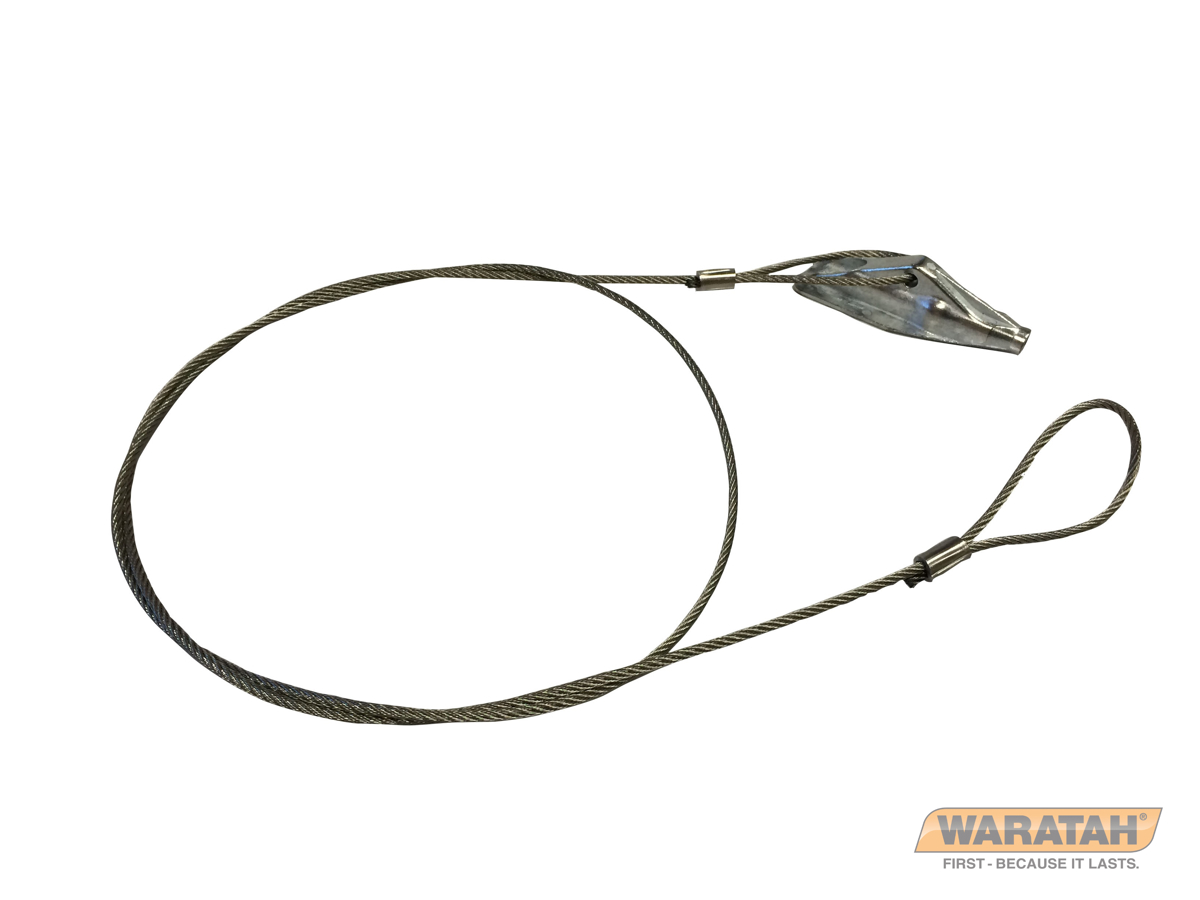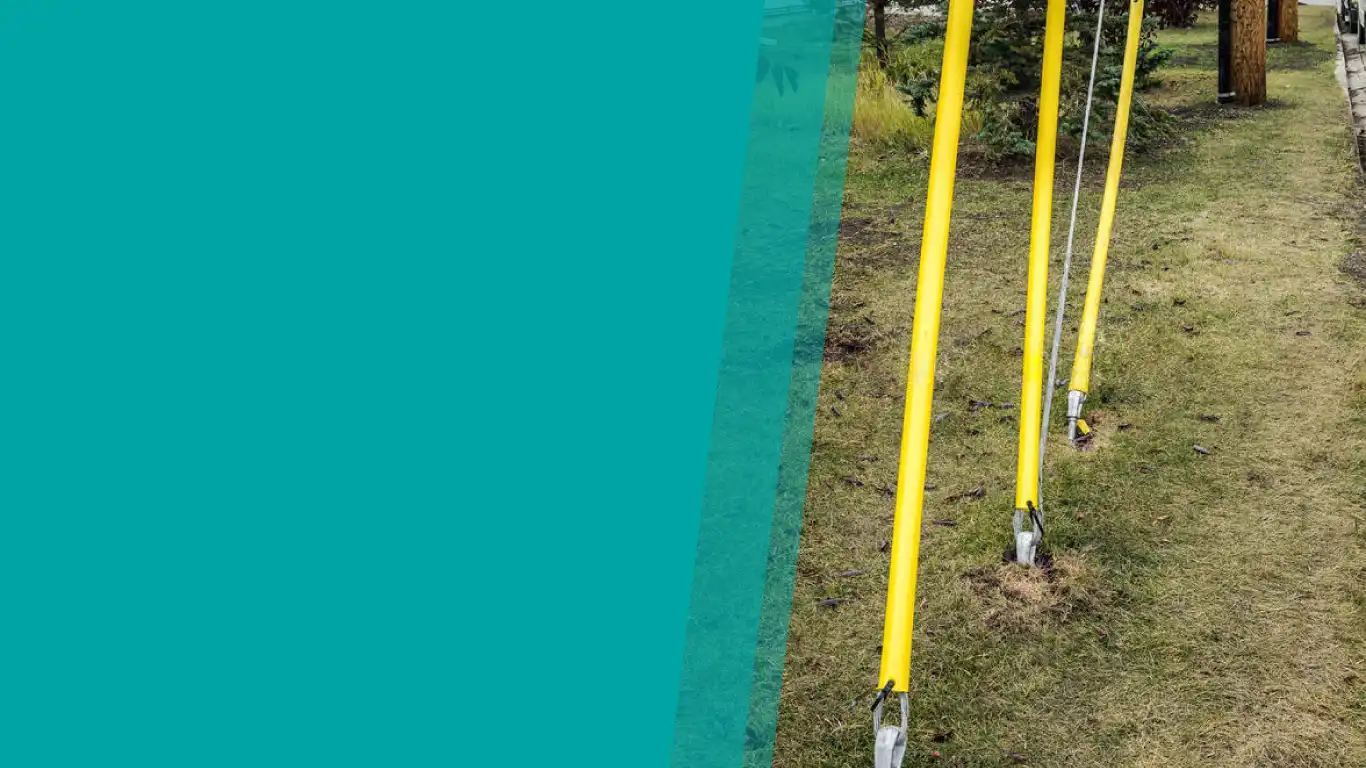Exactly How Durable Earth Anchors Job: A Comprehensive Guide to Soil Anchoring Solutions
Durable Earth anchors play an important role in giving stability and assistance in different construction applications. By embedding deeply into the ground, they withstand vertical and lateral pressures effectively. Various types of anchors satisfy various soil conditions, making them versatile. Comprehending their mechanics and installation methods is important for optimizing performance. What elements influence their performance, and how do they compare to standard techniques? The answers may shock you.
Recognizing Durable Earth Anchors
Durable Earth anchors work as important parts in various construction and landscape design projects, providing stability and support in challenging dirt conditions. These anchors work by being embedded into the ground, where they stand up to vertical and side forces. Their style permits protected accessory to frameworks, ensuring they remain anchored versus soil movement or outside loads.The effectiveness of durable Earth supports greatly relies on the kind of soil and the support's installation depth. Proper setup methods are essential, as they figure out the anchor's holding ability. Ecological aspects, such as wetness and freeze-thaw cycles, can additionally affect performance.These anchors are often used in applications ranging from securing fences and keeping walls to supporting short-term frameworks throughout unfavorable climate condition. Comprehending the principles behind heavy-duty Earth supports is vital for specialists seeking to enhance the durability and safety of their tasks.
Kinds of Heavy-Duty Earth Anchors
Numerous sorts of heavy-duty Earth supports are made to fulfill certain requirements based upon dirt problems and project demands. Helical supports, including screw-like blades, are effective in softer soils, providing high lots capabilities and simple installment. Driven anchors, which are inculcated the ground, are ideal for rough surfaces and provide immediate lots support. Tie-back supports are generally made use of in preserving wall surface applications, permitting side assistance by securing into the ground at an angle. One more kind is the cast-in-place support, suitable for concrete applications, as they are incorporated right into foundations for improved security. Soil screw anchors are functional choices that can be used in numerous dirt kinds, providing trusted tension and compression abilities. Each kind offers distinctive applications, making sure stability and safety in construction and landscape design tasks. Understanding these alternatives enables educated choices in picking the proper Earth securing solution.
The Mechanics of Soil Anchoring

Recognizing the auto mechanics of dirt anchoring calls for an assessment of various kinds of Earth supports and their installment methods. Each support type offers distinct characteristics that influence its performance in various soil problems. Appropriate setup methods are essential for optimizing the anchoring system's security and performance.
Kinds of Earth Anchors
Earth anchors, vital parts in dirt anchoring systems, been available in numerous kinds, each created for particular applications and soil conditions. One of the most usual kinds include screw supports, which are twisted right into the ground, supplying strong lateral resistance. Helical anchors include blades that permit efficient installment in numerous dirt types, making them appropriate for both short-term and irreversible applications. Driven anchors, generally made from steel, are inculcated the soil and are reliable in rocky or dense settings. Auger supports utilize a helical style to promote installation in softer dirts. Plate supports consist of a flat plate hidden flat, distributing load over a bigger location, ideal for applications calling for high lots abilities in cohesive dirts.
Setup Techniques Clarified
Correct setup techniques are crucial for the performance of soil anchoring systems. The process normally begins with site analysis, validating the chosen area can sustain the support's load. After determining the proper support type, correct hole deepness and angle need to be developed. The installment entails driving the anchor into the ground making use of specialized devices, such as hydraulic or manual drivers, to accomplish ideal embedment. Post-installation, tensioning the anchor is vital to guarantee security; this is often confirmed with tons screening. Furthermore, surrounding soil conditions need to be checked to avoid variation. Following these strategies not only boosts the support's performance yet likewise extends its life-span, supplying dependable assistance for numerous applications.
Applications of Heavy-Duty Earth Anchors
While sturdy Earth supports are often related to building and construction and landscape design, their flexibility encompasses a variety of applications throughout different industries. In civil design, they offer crucial assistance for retaining wall surfaces, guaranteeing security in areas susceptible to dirt erosion. The marine sector utilizes these anchors for protecting docks and marinas, protecting against activity triggered by trends and currents. In addition, in the telecommunications market, durable Earth anchors are substantial for stabilizing cell towers and various other tall structures against wind pressures. Agricultural applications also benefit, as these supports can protect structures like greenhouses and livestock fence, ensuring they hold up against rough weather. In eco-friendly power tasks, such as wind ranches, Earth anchors play an important role in securing turbine foundations, enhancing overall security and efficiency. This broad range of applications highlights the adaptability and dependability of sturdy Earth supports across different areas.
Advantages Over Conventional Anchoring Methods
Although standard anchoring techniques have actually long been trusted for security, sturdy Earth anchors supply considerable benefits that enhance efficiency and efficiency. One major advantage is their premium load-bearing capability, which permits them to endure greater forces without failure. This strength makes them site link suitable for demanding applications, such as in building and utility installations.Additionally, heavy-duty Earth anchors are designed for deeper installation, giving greater stability in different soil problems, including loosened or sandy dirts. Their resistance to corrosion and ecological variables ensures a much longer life-span and minimized upkeep expenses contrasted to traditional methods.Moreover, these anchors can be mounted with minimal disruption to the surrounding area, protecting the honesty of the landscape. Overall, heavy-duty Earth supports provide a efficient and reputable service for securing requirements, going beyond the limitations typically related to typical anchoring techniques.
Installment Process and Best Practices
The installation procedure for dirt anchoring services begins with complete preparation and website analysis to assure peak efficiency. Following this, a detailed installation guide offers clear guidelines for effective implementation (soil anchoring solutions). Abiding by these best techniques is vital for achieving lasting and reputable anchoring outcomes
Preparation and Site Analysis
Reliable prep work and detailed website examination are important steps in the installation of dirt securing options. Before installment, the dirt kind should be analyzed to determine its bearing capacity and suitability for securing. Conducting a geotechnical study can offer essential details regarding soil make-up, dampness levels, and possible ground motion. Additionally, recognizing existing structures, vegetation, and energies is important to prevent disturbance throughout setup. The area needs to be free from debris and challenges to guarantee risk-free accessibility for tools. Weather need to also be kept track of, as damaging conditions can influence both safety and security and setup efficiency. By thoroughly preparing the site and examining all relevant aspects, the probability of effective anchor efficiency is considerably raised.
Step-by-Step Installment Guide
A comprehensive installment process is important for accomplishing ideal performance of soil securing options. The installation begins with choosing the suitable support type and guaranteeing the site is clear of particles. Next off, appropriate hole placement is determined based on load needs. As soon as the location is established, holes are drilled to the specified deepness and size using the proper devices. The support is after that put into the opening, seeing to it it is lined up appropriately. After protecting the support, soil is backfilled and compressed to improve stability. It is necessary to adhere to producer guidelines throughout the procedure. A post-installation inspection verifies that the supports are adequately positioned and functioning as planned, giving trusted support for the intended application.

Upkeep and Inspection of Earth Anchors
Normal maintenance and inspection of Earth anchors are vital for ensuring long-lasting efficiency view it and stability. Routine checks enable the early detection of issues such as corrosion, loosening, or dirt movement. Examiners need to search for indications of corrosion or destruction on the anchor elements, specifically at the link points. Additionally, the bordering soil ought to be analyzed for disintegration or changes in dampness web content, which can influence support effectiveness.It is advisable to establish a regular evaluation timetable, ideally at the very least annually, depending upon ecological problems. During assessments, all visible elements need to be cleaned to remove dust or debris that might conceal potential troubles. Any signs of distress, such as tilting frameworks or unusual settling, must trigger immediate assessment. Appropriate paperwork of assessments can help in monitoring anchor performance with time and help with prompt upkeep actions, ensuring the supports continue to be trusted and useful.
Regularly Asked Questions
What Products Are Heavy-Duty Earth Anchors Generally Made From?
Sturdy Earth supports are usually constructed from long lasting materials such as galvanized steel or stainless steel, ensuring stamina and resistance to corrosion. These materials provide durable support and security in various soil problems and applications.
Exactly How Do Soil Problems Influence Anchor Performance?
Soil problems greatly affect support performance. Aspects such as dirt kind, wetness content, and compaction affect the anchor's grip and stability, with natural dirts frequently supplying far better resistance than sandy or loose soils, affecting general efficiency.
Can Heavy-Duty Earth Anchors Be Reused After Elimination?
Sturdy Earth supports can be recycled after removal, offered they are evaluated for damage and wear. Proper cleansing and upkeep enhance their longevity, making certain reliable efficiency in succeeding installations when problems enable risk-free reinstallation.
What Are the Environmental Influences of Making Use Of Earth Anchors?
The ecological influences of utilizing Earth anchors consist of possible soil disturbance, disturbance of neighborhood ecological communities, and feasible contamination of groundwater. Nonetheless, if used responsibly, their benefits often exceed these issues, advertising stability in different applications.
Exactly how Do I Pick the Right Support for My Project?
